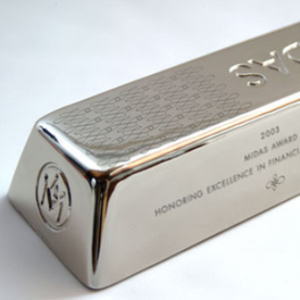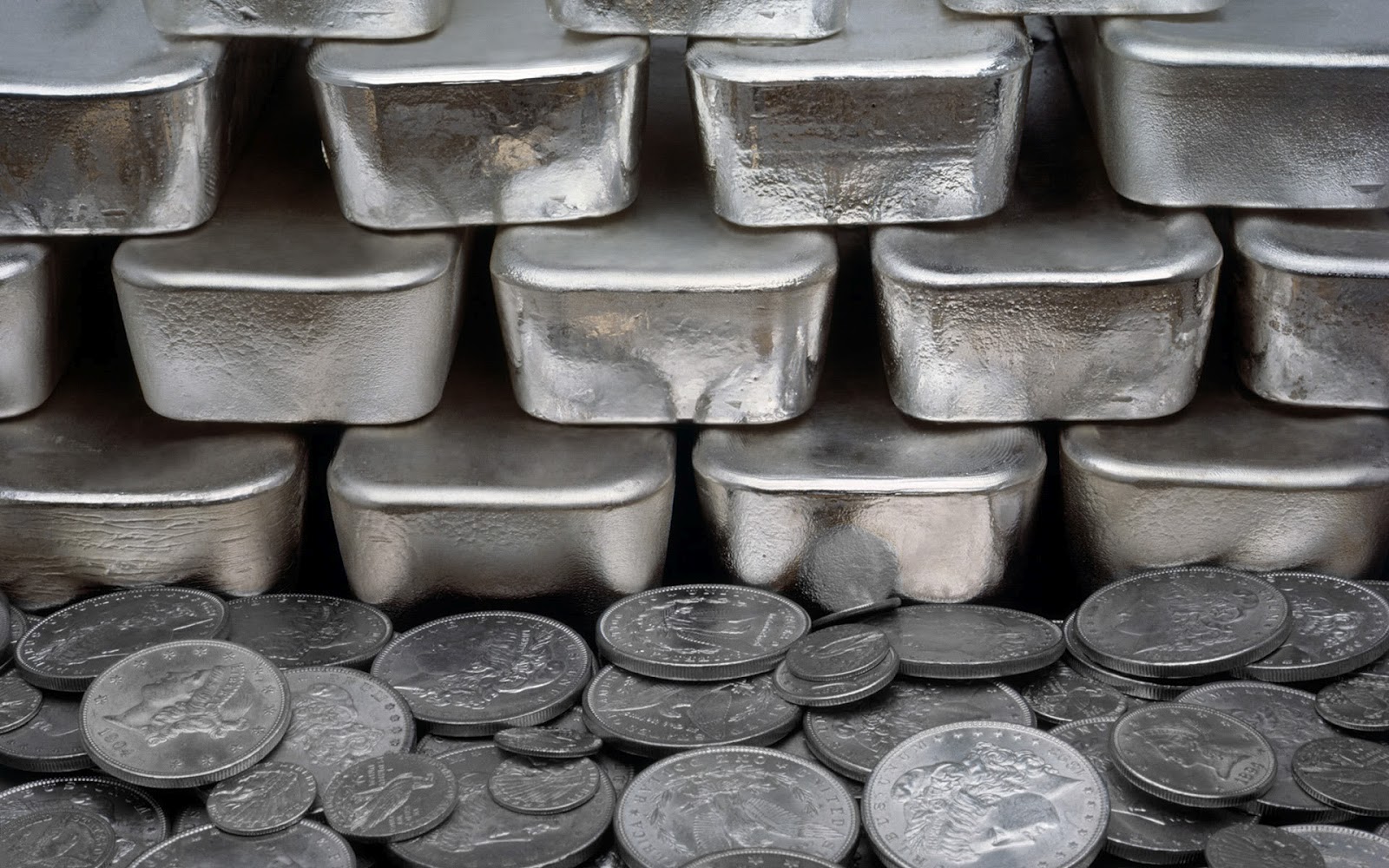

(Since 1945)
“C.D. GOHAR & SONS”
PRECIOUS JEWELLERY, METALS & ALLIED TRADING”


Manufacturing Facility
CHOOSE RIGHT JEWELLERY FOR RIGHT OCCASIONS FROM: CDG
Introduction:
1. Traditional jewellery:
Temple jewellery, handmade jewellery, jadau, ivory , and filigree jewellery are some examples of traditional jewellery. They are mostly handmade, display intricate handiwork with and without gemstones. The jadau jewellery designs were brought to India by the Mughals and form and intricate mix of design, gemstones, gold and enamelling word. Ivory jewellery is believed to bring a new bride good luck. Filigree on the other hand showcases fine bead work and delicate twists.
2. Fashion jewellery:
Also known as costume jewellery, this type of jewellery includes designs that reflect the modern woman’s sensibilities. She seeks convenience and comfort, along with style. Which is why one might find that this jewellery type may steer away from heavy designs as well as precious stones, engravings, gold and diamond, and choose cheap metals, pewter and gold-plated instead. For wearers of fashion jewellery, it is the look and feel of the jewellery that matters.
3. Bridal jewellery:
Also known as costume jewellery, this type of jewellery includes designs that reflect the modern woman’s sensibilities. She seeks convenience and comfort, along with style. Which is why one might find that this jewellery type may steer away from heavy designs as well as precious stones, engravings, gold and diamond, and choose cheap metals, pewter and gold-plated instead. For wearers of fashion jewellery, it is the look and feel of the jewellery that matters.
4. Gold jewellery:
Gold signifies prosperity and gold jewellery is deeply connected with every Indian occasion. Furthermore, from temple jewellery to filigree, mangalsutras to rani haars, earrings and nose pins to anklets and toe rings – gold is used to make every kind of jewellery that Indians wear. In the olden days, the designs in gold jewellery were significantly bigger and heavier. Over the course of time however, those same designs may not be relevant to jewellery
wearers today.
5. Diamond jewellery:
In comparison to gold jewellery, diamond jewellery definitely seems to be more sought-after in the present day. One can see the appeal – a plethora of designs and sizes, categories and jewellery pieces. From stud earrings to solitaire rings, from elaborate necklaces to chic bracelets, diamonds make you shine every minute of every day. You can pair them with your work wardrobe just as well as you will be able to with your wedding glamour.
6. Platinum jewellery:
7. Kundan jewellery:
8. Minakari jewellery:
Earrings
Earrings are among the most popularly worn jewellery and come in varies types – studs, hoops, jhumkas, cuffs, sui dhaga and so many more.
Pendants
A small statement jewellery worn like a talisman but can double-up as a charm on a bracelet.
Rings
Mostly popular as part of the engagement or wedding tradition, but rings are a kind of jewellery that are also worn by champions, exclusive groups or clubs, and others.
Mangalsutra
This jewellery is adorned by married women in India to signify the union between her and her husband.
Chain
A light-weight piece of jewellery that is usually used to strong a pendant on or just worn on its own.
Neckwear
piece of jewellery that will adorn your neck to accentuate it and your neckline.
Nose pin
Nose pins are jewellery that are vogue and look extremely attractive. You can choose from a variety of studs and rings.
Neckwear set
A complete set of jewellery that comprises a necklace and paired earrings to complete your look.
Bangle
Circular, rigid and ring-shaped adornment of the wrist. Usually made from gold, this piece of jewellery can also be available in gold and platinum.
Bracelet
The rigidity of the bangle when removed becomes a bracelet. It may also include an array of materials and charms to accentuate your wrists.
Pendant and earring set
These can be worn at both family functions and work events paired with both ethnic wear and office casuals.
Gold coins
More accessible and can be later used to make jewellery























